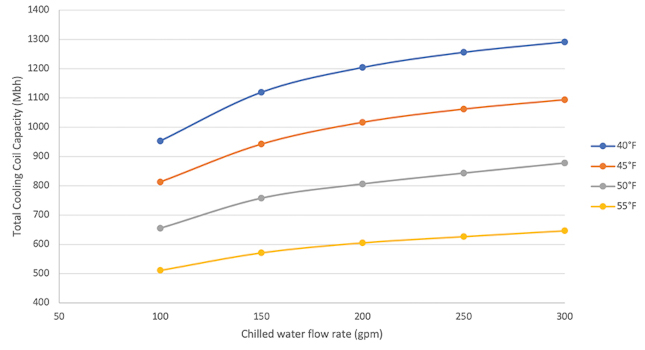
Spaces must have controls that reduce power level by 30–70% of connected load in addition to off mode. Table 1 presents the ASHRAE/IESNA Standard 90.1-1999 minimum space-cooling efficiency levels for the two commercial unitary air conditioner equipment. More space types added, including offices, restrooms, dressing rooms, and training, copy, and storage rooms
#Ashrae 90.1 chiller efficiency table manual
Required in buildings >5,000 ft2 (465 m2)Īll spaces to have general lighting controls, manual or automaticĪll spaces are required to have vacancy sensors or occupancy sensors to 50% or less of lighting powerĬlassrooms, conference rooms, and break rooms must have occupancy sensor or time switch that turns light off within 30 minutes Reduced average 17% in space types, more for retail display lighting system consists of a high efficiency low-lift chiller. in section 6.4.2.1 and the efficiency requirements listed in table 6.8.1C. their coefficients and regression statistics in Tables B- 2. Proposed addendum ch to ANSI/ASHRAE/IES Standard 90.1-2010, Energy Standard. Table 6.8.1B Table 6.8.1K Table 6.8.1J respectivelyĪt least 50% of all receptacles installed in private offices, open offices, and computer classrooms must be controlled by automatic control deviceĪlterations that involve less than 50% of connected lighting load in space or area need not comply with lighting power density or auto-shutoff requirements, provided that such alterations do not increase installed LPD Chiller Water Supply Reset Schedule (Appendix G, ASHRAE 90.1-2000). Water and evaporatively cooled unitary AC units and heat pump efficiency Provide an overview of the major requirements of the 90.1-2016 Standard that are of interest to engineers, designers, architecs, contractors and policy makers.


Required to have VFD or two-speed motors for DX >9.2 tons (32.3 kW), and chilled water AHUs >5 hp (3.7 kW) fan motors Standard 90.1 Goals Major Changes in 90.1-2016 Energy Savings Impact of Standard 90.1-2016.


 0 kommentar(er)
0 kommentar(er)
